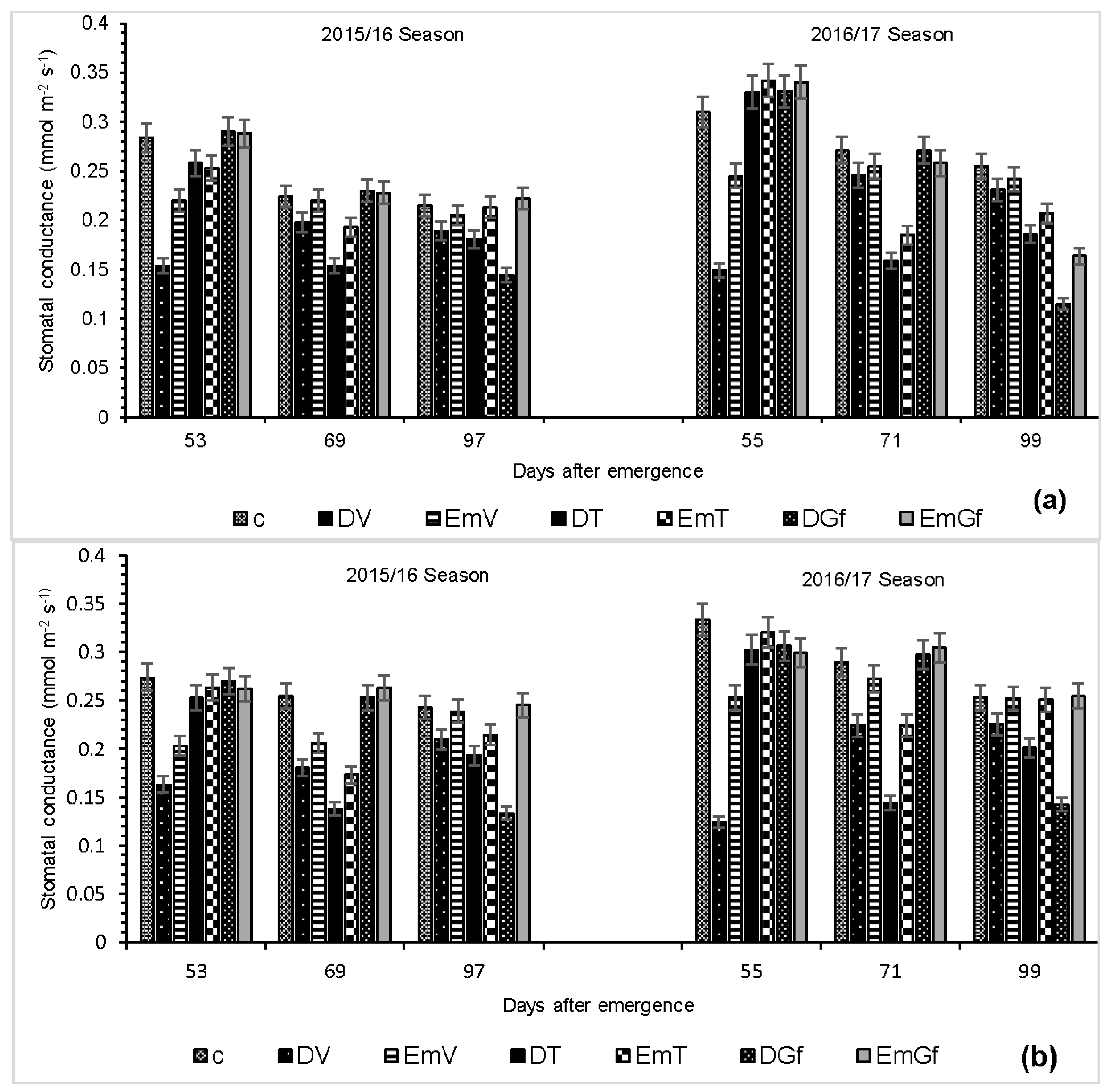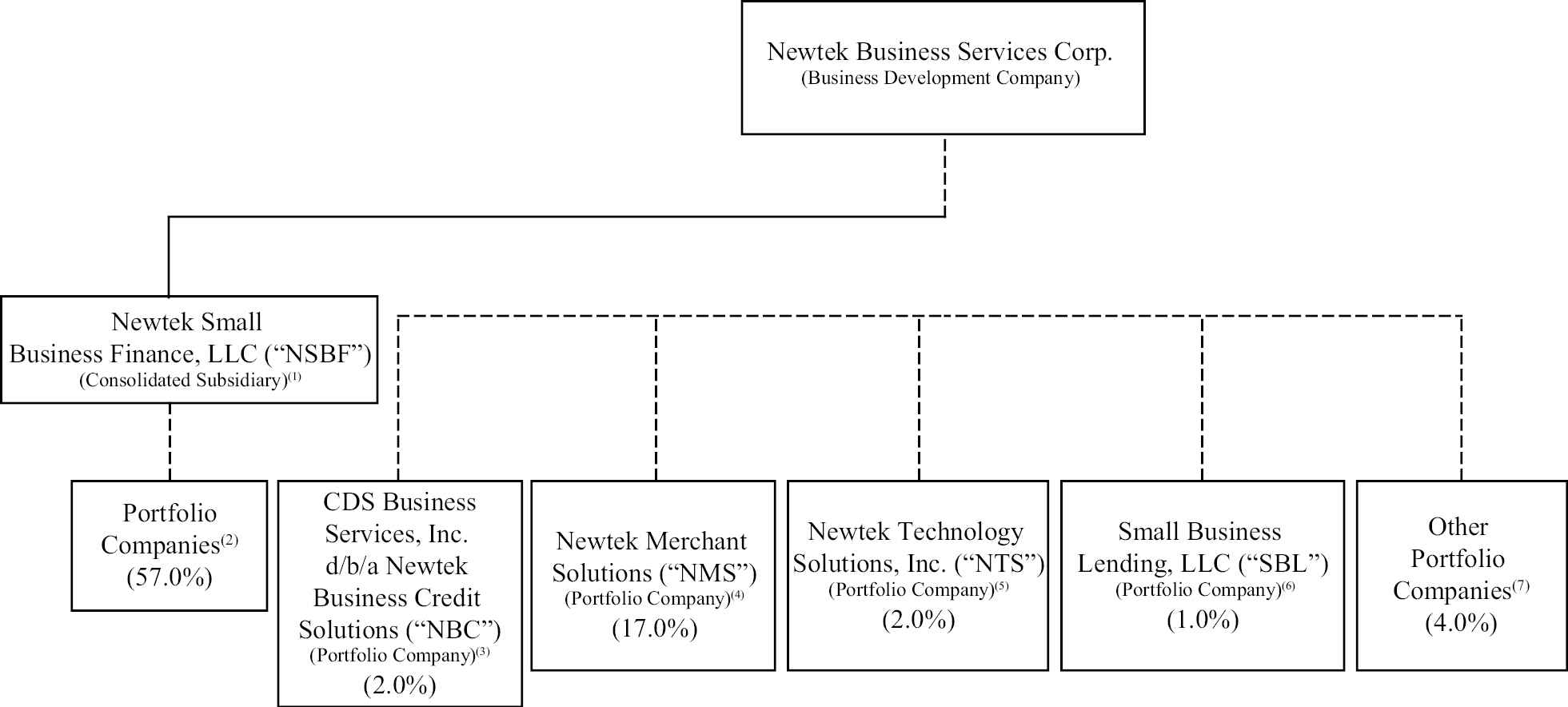- Only 5 Days Left Of Crowdfunding Emv Software Download
- Only 5 Days Left Of Crowd Funding !emv Software
- Only 5 Days Left Of Crowdfunding Emv Software Reviews
- Only 5 Days Left Of Crowd Funding Emv Software Download
Within the last 30 days Retail Pro product releases have been updated to include EMV support. Current releases of 9.3 and 8.7 for Retail Pro 9 and Retail Pro 8 product families are EMV-capable now.
In addition, Retail Pro 9.3 release brings with it many operational advantages, which will help you mitigate risk and future-proof your operations. Retail Pro 9.3 supports Windows 8, Windows Server 2012 and abstracts all sensitive payment data from the retail management software. This provides you with tools to limit your PCI audit scope, protect customers’ payment data, and mitigate your risk while ensuring compliance with EMV standards.
Only 5 Days Left Of Crowdfunding Emv Software Download
Mar 16, 2016 According to the industry group EMV Migration Forum, there are roughly 5 million EMV-ready terminals at U.S. Stores right now, but only 1 million have started accepting chips. EMV Software - Warblade MK II Blog. The crowd funding project for Warblade MK II ended with 230% over the initial goal!! This is fantastic! Only 5 days left.
Please review the corresponding EMV-acceptance FAQ from your payment partner Cayan, and contact your Retail Pro Business Partner to discuss implementation of Retail Pro 9.3 or 8.7.
FAQ: EMV, Europay, MasterCard, Visa
- EMV technology still isn’t perfect. EMV technology does not prevent data breaches nor can it protect cardholders in the event of a data breach. The technology makes card-present fraud more difficult, but not impossible. Your business may still need to take other steps to prevent data breaches, such as hiring a third-party data security company.
- There are only 5 days left to invest in StartEngine’s current offering, and we’ve now raised more than $7M in this funding round 😎. Let’s keep pushing all the way to $9M! Why should I invest in StartEngine? We thought you’d never ask. Here are just a few reasons: $43,718,660: the amount invested on StartEngine in 2019, a YoY increase.
- And I have created a developer blog at www.emv-software.com. There is also a mailing list you can join to get the latest news on the Warblade MK II development. Most recent things happening to the Warblade MK II project. After a bit of hard work I have now completed a video for a crowd funding page I have set up at ulule.com.
1. Why is EMV being introduced?
In the wake of numerous large-scale data breaches and increasing rates of counterfeit card fraud, U.S. card issuers are migrating to this new technology to protect consumers and reduce the costs of fraud.
2. How do I explain this to my customers?
EMV cards are newer and include a small, metallic square. That’s a computer chip, and it’s what sets apart the new generation of cards.
The magnetic stripes on traditional credit and debit cards store unchanging data. Whoever accesses that data gains the sensitive card and cardholder information necessary to make purchases. That makes traditional cards prime targets for counterfeiters, who convert stolen card data to cash.
Unlike magnetic-stripe cards, every time an EMV card is used for payment, the card chip creates a unique transaction code that cannot be used again. If a hacker stole the chip information from one specific point of sale, typical card duplication would never work because the stolen transaction number created in that instance wouldn’t be usable again and the card would just get denied.
3. How is an EMV transaction different from a traditional swipe transaction?
Instead of going to a register and swiping your card, you are going to do what is called ‘card dipping’ instead, which means inserting your card into a terminal slot and waiting for it to process.
When an EMV card is dipped, the customer must leave the card in until the transaction is complete. Data flows between the card chip and the issuing financial institution to verify the card’s legitimacy and create the unique transaction data. This process isn’t as quick as a magnetic-stripe swipe. So if a person just sticks the card in and pulls it out, the transaction will likely be denied. A little bit of patience will be involved.
4. Do all my terminals need to be EMV capable. If so, why?
Although EMV is not a mandate, it is highly recommended for all merchants because the liability shift means the cost of fraud will fall back on the merchant. Consider the example of a financial institution that issues a chip card used at a merchant that has not changed all terminals to accept chip technology. This still allows a counterfeit card to be successfully used on the non-EMV terminals. The change is intended to help bring the entire payment industry on board with EMV by encouraging compliance to avoid liability costs.
5. How does EMV work with mobile payments?
Mobile card readers will support EMV by offering some variety of chip, pin, signature, Bluetooth, NFC capability, etc. and work the same way as a terminal.
6. What is the real risk to my business if I am not EMV compatible by the October deadline?

Prior to Oct. 1, 2015, if an in-store transaction is conducted using a counterfeit, stolen or otherwise compromised card, consumer losses from that transaction fall back on the payment processor or issuing bank, depending on the card’s terms and conditions.
After Oct. 1, the liability for card-present fraud will shift to whichever party is the least EMV-compliant in a fraudulent transaction. So if a merchant is not EMV compatible, the consumer loss from the transaction will fall back on the merchant, not the payment processor or issuing bank.
7. Is there any special “at checkout process,” either at the POS or terminal, that will need to be handled?
The card must remain in the reader slot until the transaction completes. The customer may have to select a specific credit/debit application as there could be multiple options per card. The customer will also provide their signature or PIN as prompted by the terminal.
8. Are there any configuration changes to my existing POS installations that will be needed?
Genius customers will need to update their Genius application to 5.x (currently in development) and Retail Pro 8.7.400.18 and Retail Pro 9.30.3.216.
9. Do I need to train my staff on any of this?
Cayan advises taking time to train employees so that they are familiar with EMV transactions and to make the transition seamless. Cayan is providing a step by step guide to assist with training. There are also many online resources for learning more about EMV, for example Visa has posted a series of webcasts at http://usa.visa.com/merchants/grow-your-business/payment-technologies/credit-card-chip/webinar/resources.jsp

10. I am a Cayan-acquiring customer. When will I be ready to accept EMV?
Cayan will have the updates available in September. Merchants can request updates upon general availability.
11. I am a Cayan PGS customer. When will I be ready to accept EMV?
We are working to certify our other processors. Release dates depend on each processor’s availability and certification queue.

12. Will non-US EMV cards work with Genius?
Yes.
13. I am a Cayan PGS customer. What happens if Cayan is not ready to handle EMV with my processor by the October deadline?
We are working to get all processors certified as quickly as possible. If EMV compliance is important to you, consider switching your processing to Cayan to be ready by October.
| You Might Also Like: | |
| How AR can bring immersive retail to shoppers staying at home | 3 retail supply chain vulnerabilities to fortify during COVID-19 |
| 3 Ways to track your inventory for better sell-through | 7 Data insights to shape your retail decisions post COVID-19 |
| Reopening your stores: optimize these 5 areas first | 6 Ways the Retail Pro Prism platform supports COVID-19 frontlines in pharmacy retail |

U.S. retail and restaurant owners and operators have a big opportunity to improve security at the point of sale with EMV technology, a global standard for credit and debit payment cards based on chip card technology. It ensures that the card is authentic and belongs to the customer using it.
While most major national retail chains have implemented EMV, many more — including supermarkets, independent shops and restaurants — have not. According to Visa, as of December 2018, 67% of U.S. merchant locations are EMV-ready.
If you have not yet implemented EMV technology, be advised that liability for a fraudulent transaction is assumed by whichever party — merchant or bank — is less prepared to accept EMV. Previously the credit card companies paid the fraud bill. The potential losses from charge backs and fines you could incur could be significant. So you should invest in the POS hardware and software needed to accept EMV cards — but that’s only part of a total security solution. To fully protect data assets and customers’ digital privacy, you must add two additional layers of technology: encryption and tokenization.
Must Have: Encryption
Encrypting transaction data can prevent outsiders, like hackers, from discovering or tampering with data. With point-to-point encryption (P2PE) credit card information is encrypted instantly at the POS and transferred directly and securely to the payment processor where it is decrypted and processed. P2PE allows the information to be decrypted if there are intermediate stops in its journey, such as merchant to processor, processor to issuer, and issuer to merchant.
P2PE is often used with EMV technology, and can also protect card-not-present transactions. P2PE combines applications, secure devices and processes to encrypt data using the cryptographic keys that are only known to the payment company. Any P2PE-encrypted data intercepted by a fraudster is worthless.
Just As Important: Tokenization
Tokenization substitutes payment card data with surrogate values, referred to as “tokens.” These tokens can’t be used by criminals because they have no value outside of a specific merchant or acceptance channel.
Because some malware steals customer data before it can be tokenized, tokenization, P2PE and EMV technology need to be used together to optimize security and protect cardholder data.
One More Layer of Defense: Employee Training and PCI Compliance

Only 5 Days Left Of Crowd Funding !emv Software
Employee training is another part of your security solution. Your investment in EMV technology, encryption, and tokenization means little if your employees are not properly educated on security best practices. The Payment Card Industry Data Security Standard (PCI DSS) includes guidance on staff security training and requires that a formal security awareness program is implemented to make all employees aware of the importance of cardholder data security.
Only 5 Days Left Of Crowdfunding Emv Software Reviews
This training should cover education on PCI DSS itself as well as information held by credit cards and the steps in a payment transaction. It also includes practical steps employees can take to help keep data secure such as not communicating cardholder data to anyone outside the transaction process and steps to take in the event of a potential data breach.
You should implement EMV technology as soon as possible to protect your business from the liability associated with fraudulent credit card transactions, but you should also recognize the need for a comprehensive security solution to protect your data — and your business from the financial loss and damage to your reputation and brand that a data breach can cause.
Only 5 Days Left Of Crowd Funding Emv Software Download
Your point of sale provider is a great resource for security information and can help you implement a total security solution — after all, it’s something you won’t want to do just part way.
